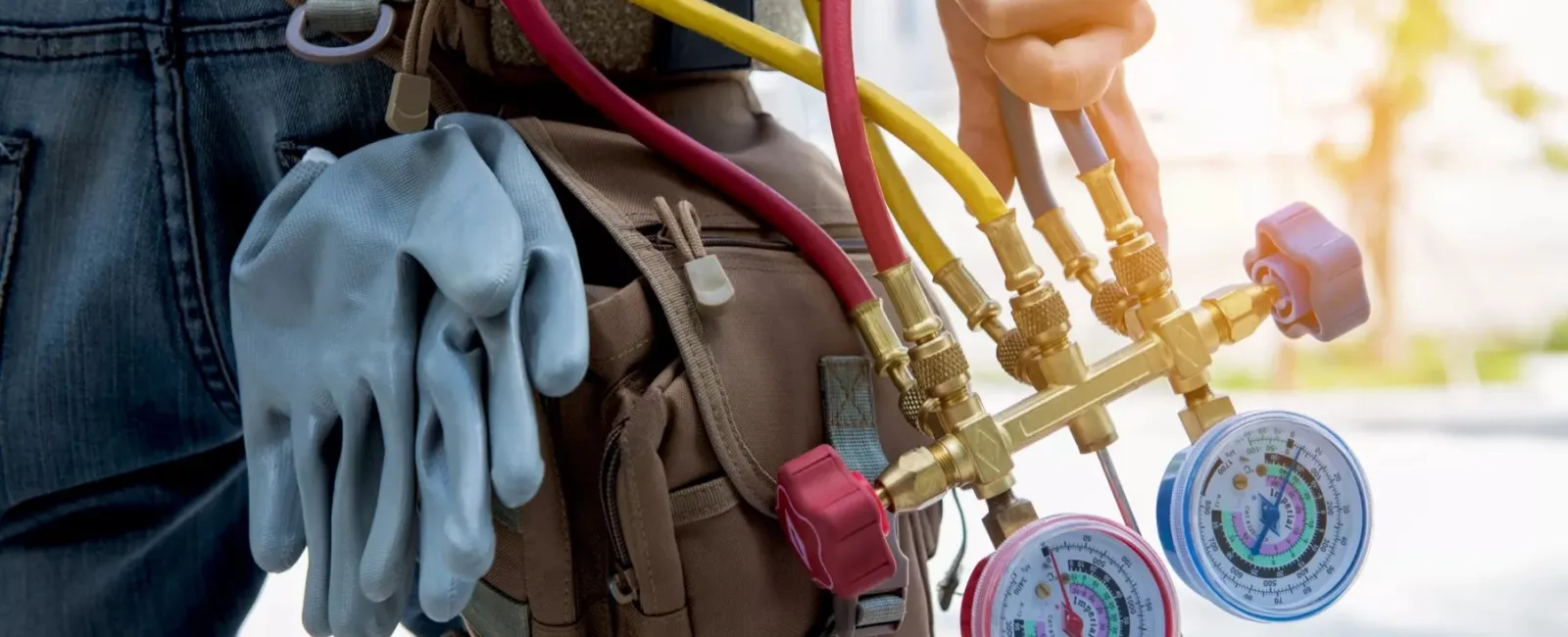 Everyone finds that unsightly buildup on their faucets from time to time. Not only are they icky, but calcium deposits can even start to deteriorate metallic fixtures until they become brittle or even leaky. So what can you do about them? Ordinary bathroom surface cleaners and disinfectants won't do the trick. Is there any other way to make sure you don't lose your valuable faucets to these minerals?
Everyone finds that unsightly buildup on their faucets from time to time. Not only are they icky, but calcium deposits can even start to deteriorate metallic fixtures until they become brittle or even leaky. So what can you do about them? Ordinary bathroom surface cleaners and disinfectants won't do the trick. Is there any other way to make sure you don't lose your valuable faucets to these minerals?
Here are the best recommendations from all-service plumbing experts. Follow these tips to make your faucets look brand new again.
The Culprit
First, it's important to know why this phenomenon happens. What could cause stony minerals to build up in your bathrooms? Some people believe that it is a side effect of rust, as if you're seeing the effects of moisture and humidity breaking down metallic fixtures or porcelain sinks, but this isn't the case. Your tap water is actually to blame.
Unfiltered tap water is full of minerals like calcium. Over time, as water splashes onto your faucets and dries, the minerals will be left behind, and water spots will form. As they continue to build up, specks of calcium will form large deposits that bond together in corners, in joints, and on the edges of your faucets. You're more likely to see calcium in these areas because water collects there, doesn't run off as easily, and evaporates more slowly.
Clean the Surface
Onto the solutions. You might want to wear gloves and protective eyewear to prevent irritants from getting onto your skin or in your eyes.
First, use a damp and soapy rag to clean your faucets. Focus on the areas where you see white or greenish calcium deposits. Then, rinse and wipe the area dry. Don't leave it wet! This will just add to the problem. Remember that calcium isn't fungus, so disinfecting cleaners and soaps won't solve the problem. However, they're a start. Commercial plumbing repair experts always recommend working on clean surfaces for best results.
Remove Calcium
 Next, use an acidic substance like white vinegar or lemon juice to break down the high-pH calcium. Dampen a cloth and wipe it across the surface. For extreme buildup, leave a soaked rag to dry against the surface of the faucet for several hours.
Next, use an acidic substance like white vinegar or lemon juice to break down the high-pH calcium. Dampen a cloth and wipe it across the surface. For extreme buildup, leave a soaked rag to dry against the surface of the faucet for several hours.
Then, rinse the faucet thoroughly and dry it with a clean cloth. If necessary, scrub the deposits with a toothbrush. The combination of all-purpose cleaner and an acidic treatment may have loosened the calcium, so you can then brush it away. If you follow this step, use an all-purpose cleaner again to remove all traces of the calcium. Rinse and dry the surface.
If the aerator has buildup, you'll need to twist off the small faucet insert and flush it out. Follow the above steps, and make sure to use a toothbrush here. Aerators can trap buildup — once the chalky white material is gone, you can replace the aerator.
For more recommendations, contact Stahl Plumbing. Offering bathroom plumbing repair to residential and commercial properties, Stahl Plumbing is your best resource for installing water softeners and other helpful services. Contact them today for full service plumbing in Pittsburgh, PA.

